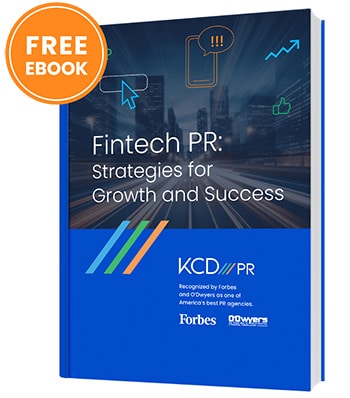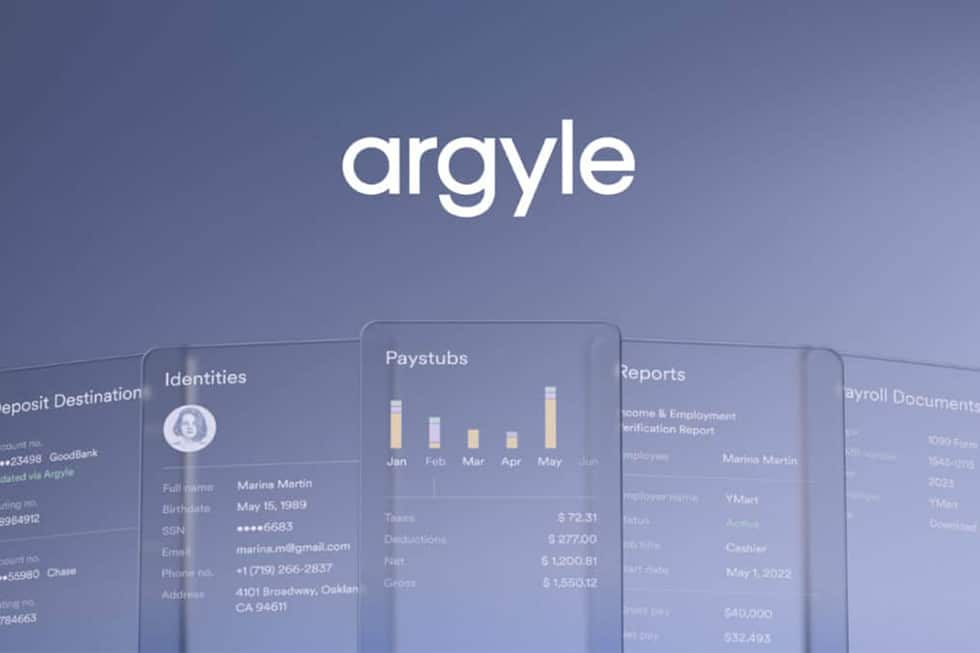This post was also published on FinTECHTalents
Much like the rest of the world, the media landscape is changing in front of our eyes. The shift to digital media has long been in flight and broader trends such as cable-cutting and mobile device reliance, means that news consumption via digital mediums will continue to skyrocket. There is no shortage of content and as the world fights the COVID-19 pandemic, we are increasingly relying on news. The World Economic Forum shows between 80% and 90% of people consume news and entertainment for an average of almost 24 hours during a typical week.
With so much time invested into media consumption, media companies are increasingly looking for new and specialised content. The same can be said for financial media – the intersection of technology and explosion of FinTech M&A earlier this year has created a very unique media coverage sphere ranging from digital-only news sites, subscriber-only newsletters to feature oriented magazines and web platforms. There hasn’t been one wink of rest for the financial media as the market volatility has provided fertile ground for all sorts of stories prognosticating the future, showcasing new banking technology and challengers, while interest in stock market trading (see Robinhood’s user growth) and associated content is close to bubble-like levels.
For financial media, the fight for your attention rages on and many of the tactics once reserved for entertainment or political news now carry across to all verticals. Clicks and attention driven website traffic and journalists also must juggle a shrinking and virtual newsroom paired with demand for more content (more stories, less time to write them) and a shorter news cycle to produce that content.
How has content evolved so that media can connect with a new generation of readers?
John Maxfield, Editor-in-Chief of Bank Director and speaker for FTT Virtual North America suggests that the substance of content has (obviously) evolved. “Content has to be packaged in a way that’s conducive to mobile consumption. Shorter over longer. Even more emphasis on crisp and active prose. A structure that accelerates a reader to an emotional payoff. In short, there is more competition today for reader’s attention. To win in this environment calls for a deep mastery of writing fundamentals (what’s old is new again!) combined with an appreciation for the impact one’s writing has on the reader.”
If a back-to-basics approach to reporting is upon us, the reality is that garnering the attention of a busy journalist is no small task. We cannot expect a product enhancement or jargon-heavy press release to warrant media interest much less a story on the topic. The art of securing media interest in your company stems in part on your ability to perfect a crisp storytelling narrative that might offer a unique perspective. Case in point: The media will likely be more interested in highlighting data from your company that addresses and solves customer pain points vs. a new “best-in-class, industry leading” tool. Sometimes a simpler approach can be a smarter method to gain a journalist’s attention.
Will the newsroom or style of how the news is reported shift post COVID?
If grabbing a reporter’s attention seems like a tricky task, that’s because their world has completely changed as well. Jim Pavia, Money Editor for CNBC Digital and FTT Virtual North America panelist has been managing an editorial team virtually from his kitchen table.
I recently asked Jim this question and was surprised at just how well he and his team have adapted and embraced technology.
Pavia says “I believe this disruption has caused the media, as well as any business model, to rethink the way work gets done. As for CNBC, our digital news teams have all worked from home since early March and productivity has increased. By that I mean the number of stories we write each day and the increase in reader page views, etc. The analytics have shown a serious increase in those areas, unique visitors and total page views.”
As media adapt to new trends – those in the financial ecosystem must also adapt in their communications approach to attract interest from media. Competition remains fierce – however, a compelling pitch still rules the day.
“Pitch good topics, respect the time and pressure journalists are under, [and] make sure your pitch is relevant,” Pavia adds.
To hear more, join the live Meet the FinTech Media interactive session on September 9th as part of FTT Virtual North America. You can register for you complimentary pass here.






